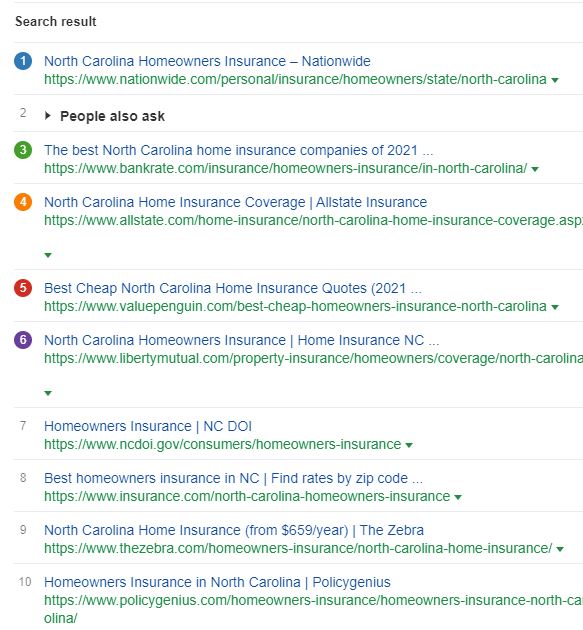
Many employers view health insurance as a critical component of their compensation. But the cost of these benefits has increased steadily for a decade. These factors include rising deductibles and prescription drug costs, as well as the increasing cost of health system pricing. These trends are driving premiums to rise and depressing wages. Employers are often frustrated by rising costs and increased administrative burdens. Some employers look for non-wage work alternatives.
Employers increasingly use wearable devices to improve their wellness programs. One survey found that one-fifth of employers collect data from employees' devices. While health insurance continues to be driven largely by rising prices, employers are increasingly looking at alternative payment methods to help their employees.
According to the Congressional Budget Office, the number of Americans who have health insurance through their employers will stay the same at 159 million over the next ten years. That means health insurance will continue to be a tax-preferred alternative. However, single coverage will cost more than 9.86% of household income in 2019.

Premiums include not only the cost for health insurance but also the cost of deductibles. About 25% of Americans have a deductible less than $2,000. In the US, around 25% of workers have a minimum $2,000. Self-insured plans can be a cost-saving option if there are few claims. However, if the claim is higher than expected, the employer has to pay extra.
The employee's age group determines the rate for small groups. Massachusetts workers below 25 years old are paid an average $1186 annually, while those above 25 receive $6,896.
Larger employers can have greater control over their plan coverage. Large employers usually offer a biometric screening for employees. They also provide a wellness program for employees and encourage them to go to lower-cost providers. The public sector also has the ability to tailor health care plans for employees.
Employers with 51 to 100 employees will be moved by the Affordable Care Act into a merged marketplace for 2016 health insurance. These employers can expect premiums to rise by as much as 9 percent. State governments are also required to set a rate annually. The annual penalty for those who don't provide affordable plans is $3,480

Small employers are required to contribute additional funds to subsidize workers' health insurance in order to comply the ACA. Massachusetts is an example of a state where employers are required to contribute $50 per employee annually.
Despite these requirements and the decline in employers offering insurance, it is not surprising that there are fewer of them. Many small employers are unhappy with the high cost of benefits after a decade of rapid growth. Even though the cost of health insurance is not rising for most employers many are still having difficulty keeping employees.
As unemployment remains low, so is the difficulty in keeping employees. Employers face this issue. Employers will be penalized $2,320 per employee if they do not offer health insurance. Failure to comply with COBRA (a law that requires employers provide ongoing health care for their employees) can result in thousands of dollars in penalties.